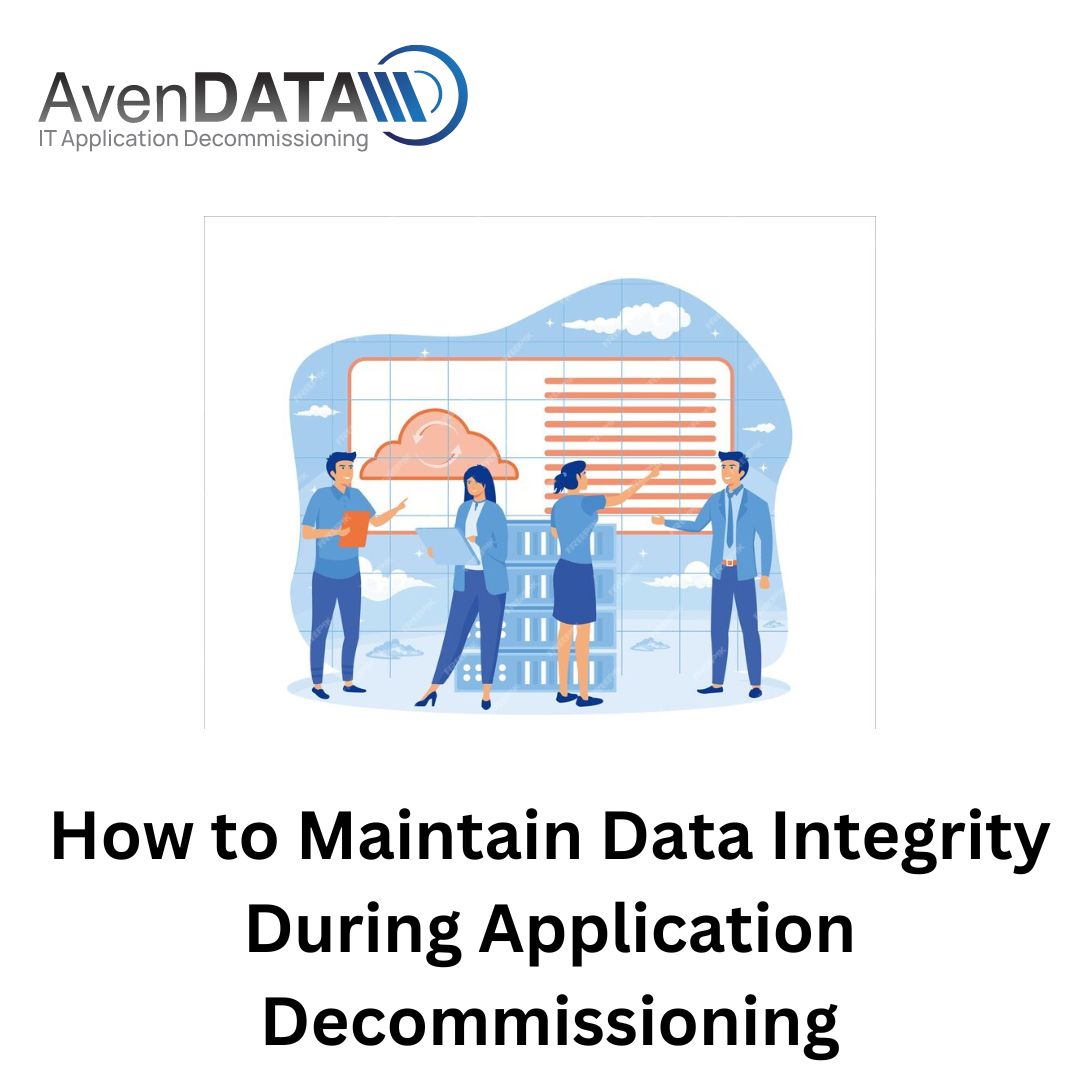Application decommissioning is a critical process that organizations undertake to retire outdated, redundant, or unsupported software applications. While it offers significant benefits, such as cost savings, improved security, and streamlined operations, it also presents challenges—chief among them being the maintenance of data integrity. Ensuring data remains accurate, consistent, and reliable throughout the decommissioning process is essential. Here’s a comprehensive guide on how to maintain data integrity during application decommissioning.
Conduct a Thorough Assessment
Data Inventory
Identify all data associated with the application, including databases, files, and documentation.
Data Dependencies
Determine dependencies between the data and other applications or systems.
Develop a Decommissioning Plan
Timeline
Define clear timelines for each phase of the decommissioning process.
Stakeholders
Identify and involve key stakeholders, including data owners, IT staff, and compliance officers.
Data Migration and Archiving
Data Migration
If data is being migrated to a new system, ensure that the migration process includes data validation checks, such as verifying data completeness and consistency before and after migration.
Data Archiving
For data that needs to be archived, use reliable archiving solutions that support data indexing, searchability, and retrieval while preserving the original data structure and integrity.
Data Cleansing
Removing Duplicates
Eliminate duplicate records to ensure accuracy.
Correcting Inconsistencies
Address inconsistencies in data formats, units, and values.
Implement Data Governance Policies
Data Ownership
Clearly define data ownership and responsibilities for maintaining data quality.
Data Access
Implement strict access controls to prevent unauthorized access or modifications.
Data Audit
Conduct regular audits to verify data integrity and compliance with governance standards.
Validation and Testing
Data Validation
Check that data is accurate and complete after migration or archiving.
Testing
Conduct thorough testing of the new system or archiving solution to ensure it supports the necessary data integrity requirements.
Documentation and Training
Process Documentation
Document each step of the decommissioning process, including data migration and cleansing procedures.
Training
Provide training to IT staff and data users on best practices for maintaining data integrity during and after decommissioning.
Monitor and Review
Regular Audits
Conduct regular audits of the archived or migrated data to identify and address any integrity issues that may arise.
Feedback Loops
Establish feedback loops with stakeholders to continuously improve data integrity practices.
Conclusion
Maintaining data integrity during application decommissioning is a complex but crucial task. By conducting a thorough assessment, developing a detailed plan, implementing strong data governance policies, and ensuring ongoing monitoring, organizations can successfully decommission applications while preserving the accuracy, consistency, and reliability of their data. This not only ensures compliance and operational efficiency but also supports future business needs and strategic goals.






Comments